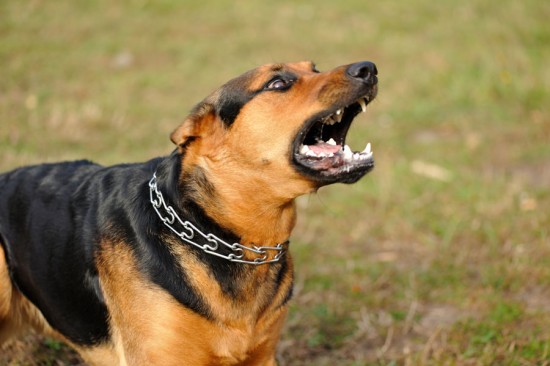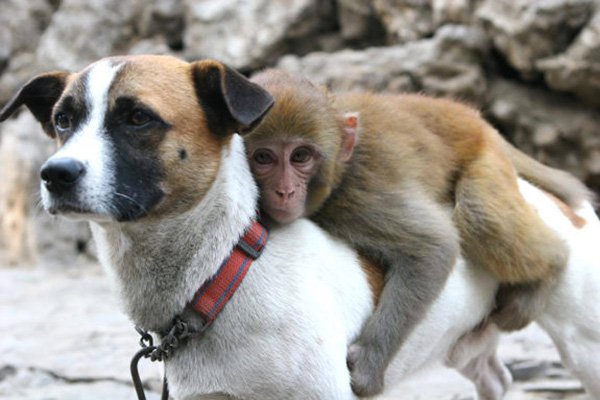It can be frightening to see your beloved pet have a seizure. However if you recognize the symptoms, a dog seizure can be treated fairly quickly. With the right information, your vet can ensure the best treatment for your dog.
Seizures can be caused by a number of factors. In some cases it may be primary or secondary epilepsy. In some dogs it may be hereditary. Another thing to look out for is head injuries and eating toxic substances as this can often lead to seizures. Particularly vulnerable breeds include German shepherds and Dachshunds.
One common misconception when dealing with a dog seizure is that you need to make sure that you need to grab their tongue to ensure they do not swallow it. Not only is this inaccurate but can be potentially very dangerous. This is because the dog is likely to react and bite you, causing you a serious injury.
With any seizure the best thing to do is remain calm. While this may not always be easy, this is a vital part of making sure your dog does not panic. Talk to your dog in a calm and reassuring way. Keep away from holding the paws as you may get clawed. Note the time of the seizure and how long it took the dog to return to normal. This is the kind of information the vet will want to know as well as any unusual occurrences such as fireworks or excessive playtime.
A serious seizure to look out for is status epilepiticus. This either consists of a single seizure lasting up to half an hour or a series of repetitive seizures. It often occurs with dogs who have had a history of milder seizures or who have had suffered an injury to the brain or eaten toxic substances. It is important to check this with your vet as they can sometimes be mistaken for cluster seizures. The difference is that dogs will often be conscious between seizures.
A generalized seizure will have a number of symptoms, such as dilated eyes, loss of bodily functions and strange paddling movements. A partial seizure will be similar but the movements will occur in one part of the body. It is worth observing a dog after they have had a partial seizure as they may go on to have a more serious seizure.
A particularly alarming seizure is the complex partial seizure. Signs include running around on the spot or strange behaviour such as trying to hide from you. The dog is conscious during this time but not aware of what is happening so you should remain calm. The seizure can last anything between a few minutes, a few hours and can even become a more serious form of seizure.
Depending on the severity of the seizures, the vet may also look at blood tests to check for factors such as glucose and calcium levels. It is vital to observe your pet after the seizure and pass any information on. If the symptoms are spotted early enough, a dog seizure can be treated and they can lead a normal, happy life.

 Understanding The Horse Saddle
Understanding The
Understanding The Horse Saddle
Understanding The
 Havanese Dog Longevity And Hereditary Health
Havanese Dog Long
Havanese Dog Longevity And Hereditary Health
Havanese Dog Long
 Aggressive Dogs
Aggressive Dogs
Aggressive Dogs
Aggressive Dogs
 Regular Pet Grooming Is Crucial
Regular Pet Grooming Is Crucial
Pet owners hav
Regular Pet Grooming Is Crucial
Regular Pet Grooming Is Crucial
Pet owners hav
 Dog Boarding Manitoba - For Complete Care and Grooming
Dog Boarding Manitoba - For Complete Care and Grooming
Dog Boarding Manitoba - For Complete Care and Grooming
Dog Boarding Manitoba - For Complete Care and Grooming